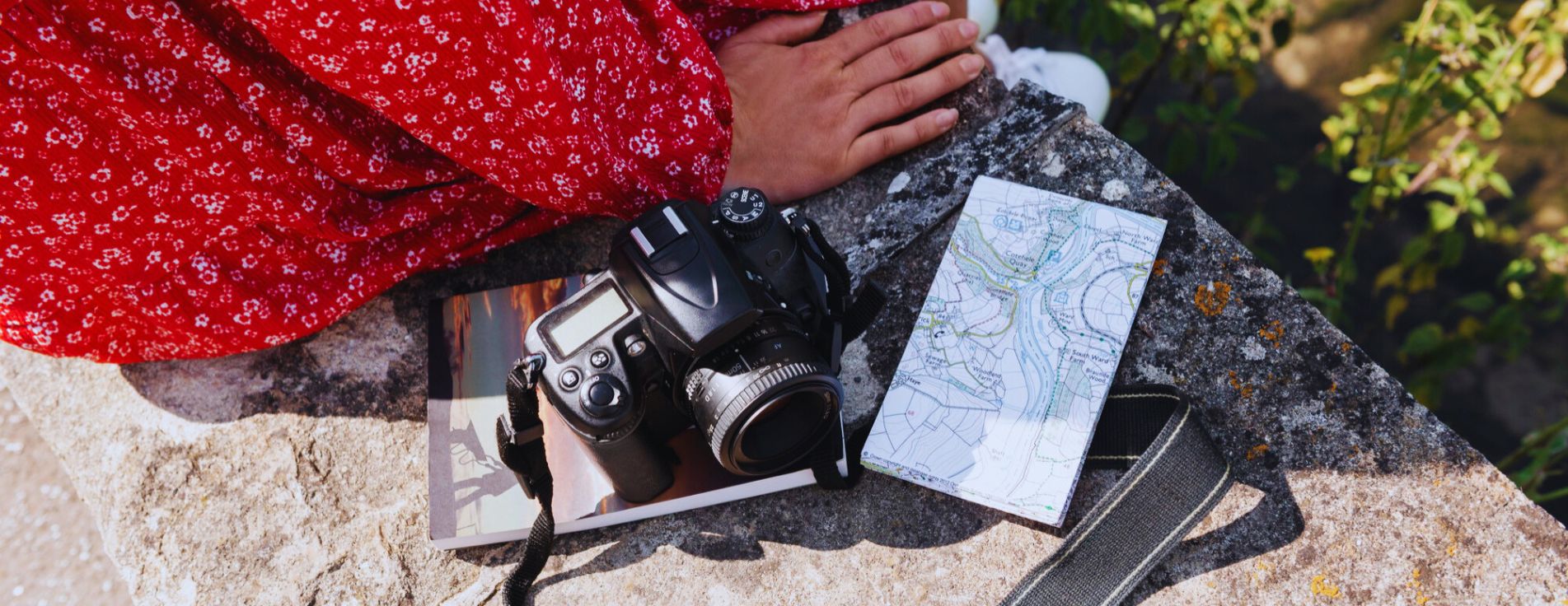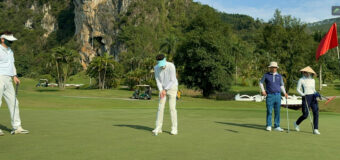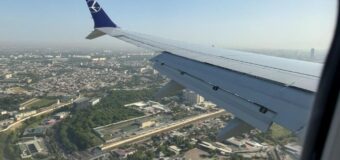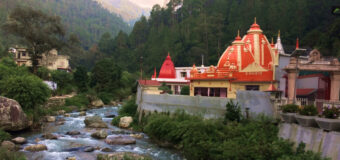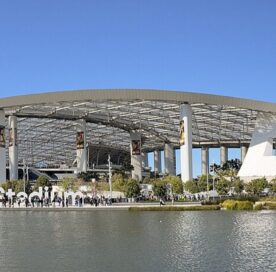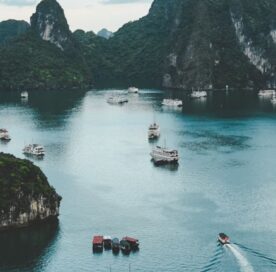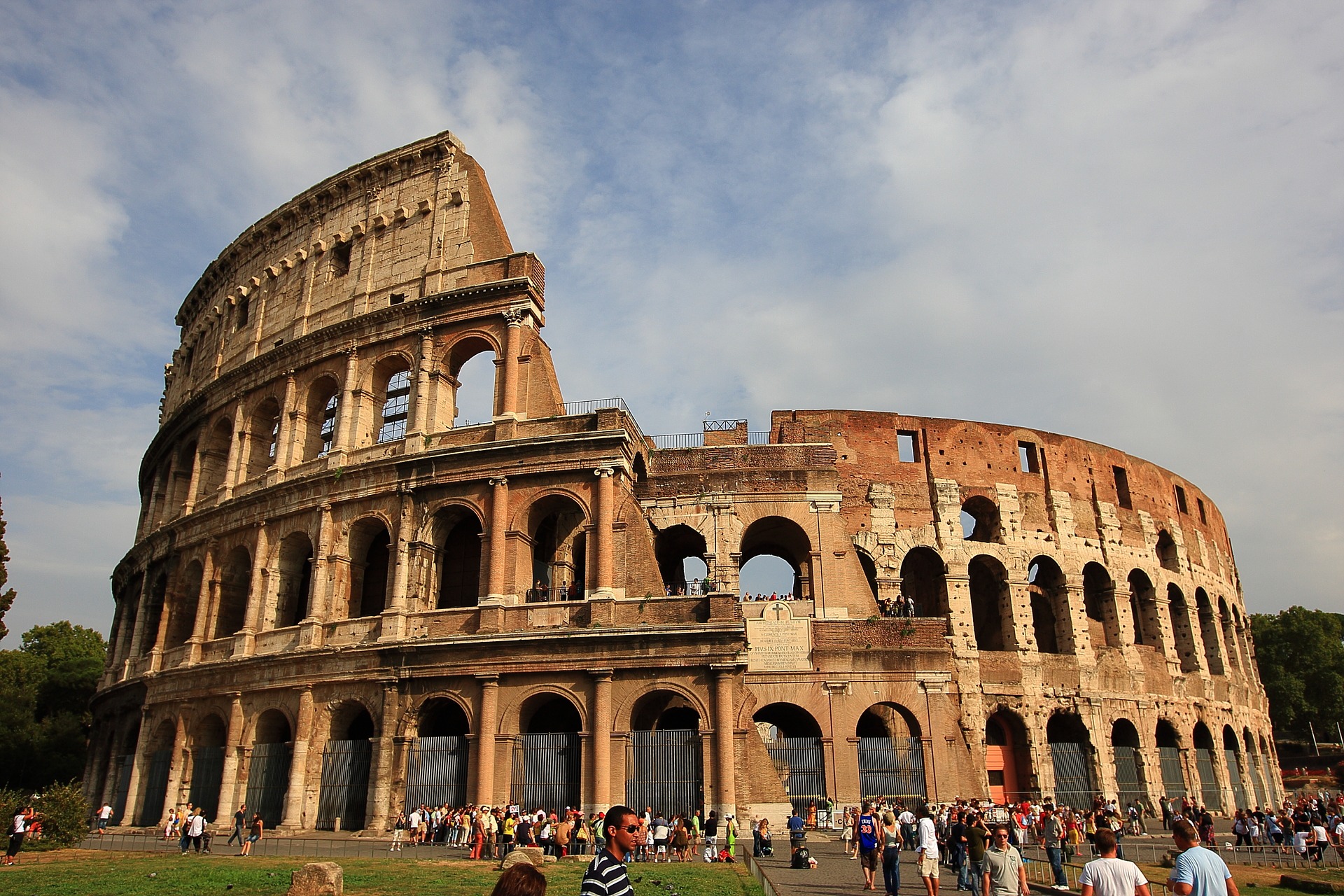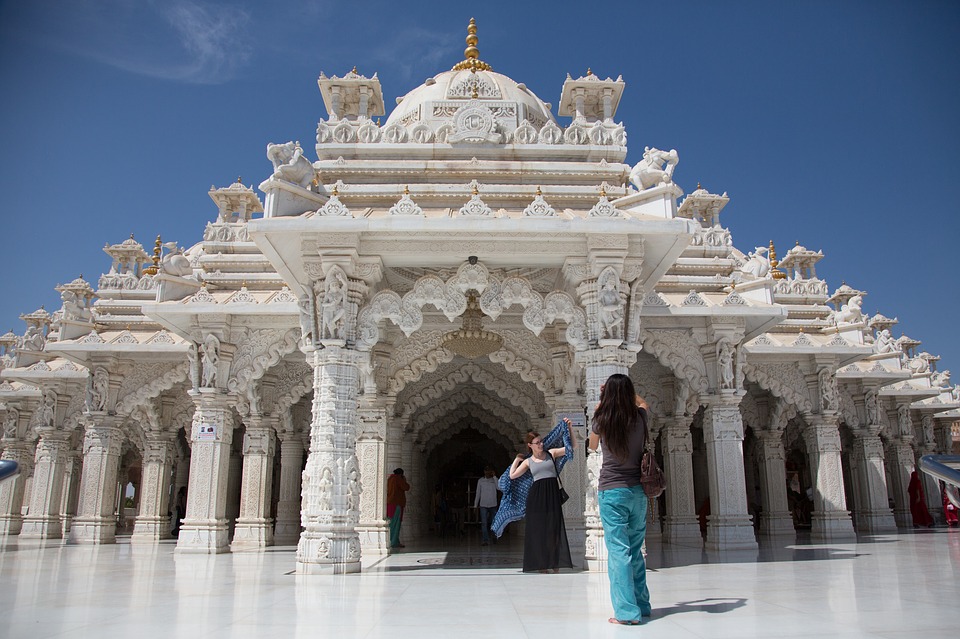Picture this: you’ve just returned from an incredible journey through Southeast Asia, captured breathtaking sunrises over Angkor Wat, candid street photography in Bangkok’s markets, and once-in-a-lifetime wildlife shots from your safari.
Then disaster strikes – your micro SD card shows as corrupted, and months of irreplaceable travel memories seem lost forever. Is there a way to recover images from a damaged SD card?
The most reliable way to fix a corrupted micro SD card while preserving your precious travel photos is to use specialized data recovery software.
There are various recovery software programs available, like Disk Drill and Recuva, that can scan the damaged card and identify the corrupt issues. These have a file recovery system that can fix the error without modifying the original image file.
While this solution works in many cases, it’s essential to understand that different types of corruption require different approaches.
Using the wrong method on your travel photography collection could make recovery impossible, turning your digital memories into permanent losses.
Understanding SD Card Corruption Types That Affect Travel Photographers
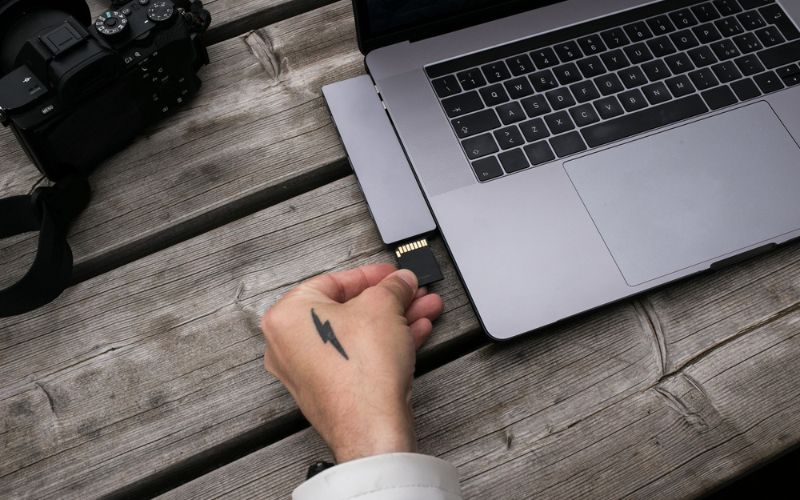
Before attempting any repair on your travel photography SD card, identify which type of corruption you’re dealing with.
Physical corruption occurs when your card suffers actual damage – perhaps from extreme temperatures during your mountain trek, humidity in tropical climates, sand infiltration at beach locations, or physical damage from dropping your camera gear.
Logical corruption happens when the file system becomes damaged, often due to:
- Removing the SD card while your camera is still writing image files
- Battery dying mid-burst during that perfect golden hour sequence
- Switching between different camera bodies without proper ejection
- Power surges in hotels with unreliable electricity
File system corruption affects how your RAW files and JPEGs are organized but doesn’t necessarily damage the actual image data, meaning your photos might still be recoverable.
Identifying Physical vs. Logical Corruption in Photography Cards
Physical corruption in travel photography contexts typically shows these warning signs:
- Your camera doesn’t recognize the card after exposure to extreme conditions
- Card works intermittently (maybe only your backup camera body reads it)
- Visible damage from travel wear and tear
- Strange clicking sounds when inserted into card readers
- Card gets extremely hot during use in warm climates
Logical corruption presents differently for photographers:
- Camera displays “Card Error” or “Card needs formatting” messages
- Image files appear as RAW format that your photo editing software can’t read
- Thumbnail previews show but full-resolution images won’t open
- Some photos from your trip are accessible while others aren’t
- Folder structure appears empty despite the card showing used space
Critical First Steps Before Attempting Photo Recovery
Never format your SD card when your camera prompts you to do so. This is the most prominent mistake travel photographers make when panicking about lost images. Instead, immediately stop using the card and follow these steps:
- Create a byte-by-byte backup using Win32 Disk Imager (Windows) or DDrescue (Mac/Linux). This creates an exact copy of your card’s data, including potentially recoverable image files that aren’t currently visible.
- Remove the card from your camera and store it safely. Don’t attempt to take more photos or let your camera write any new data to the corrupted areas.
- Work only with the backup image, never the original card, for all recovery attempts. This way, if something goes wrong during recovery, your original data remains untouched for professional recovery services.
Recover Images From A Damaged SD Card: Best Free Recovery Tools
Here are some of the best recovery tools if you have to recover images from a damaged SD card.
TestDisk
This tool is amazing for repairing partition tables and recovering lost photo directories. This is more effective when the camera creates folder structures that get corrupted by some means.
PhotoRec
PhotoRec is another tool from the same developers of TestDisk. It is designed to recover media and is also able to retrieve RAW files, JPEGs, and video clips even when the file is damaged.
It can determine the file signature from the camera format, which includes JPEG files, Canon CR2, Sony ARW, and Nikon NEF.
Disk Drill
This tool features a more user-friendly interface for photographers who are not technically inclined. It provides a preview of the images that can be recovered before they are restored. You can prioritize the most important ones that you have shot.
Recuva
If you are trying to recover JPEG images, this seems to be the perfect tool for that. It has a deep scan mode that is necessary for files that have been corrupted for a while, like a week or even months after the travels.
Prevention Strategies for Travel Photographers
We all know that prevention is better than a cure. So, it is better to take precautions than looking for ways to recover images afterwards.
Proper Camera Workflow
- Always use your camera’s “Format Card” function rather than deleting files
- Never remove the SD card while the camera’s access light is blinking
- Ensure your camera battery has sufficient charge before important shooting sessions
- Carry backup batteries to prevent mid-write power failures
Travel-Specific Precautions
- Store spare SD cards in protective cases, away from extreme temperatures
- Use high-quality, reputable card brands (SanDisk, Lexar) that handle travel stress better
- Consider shooting in RAW+JPEG mode for important shots – if one format corrupts, you have a backup
- Never fill your card to 100% capacity during long shooting days
- Back up images to multiple locations (laptop, cloud storage, external drive) regularly during extended trips
Climate Considerations
- Allow cards to acclimate to temperature changes (cold mountain mornings to warm afternoons)
- Keep cards dry in humid environments using silica gel packets
- Avoid exposing cards to direct sunlight in hot climates
- Clean the card contacts gently if exposed to sand or dust
When to Seek Professional Help for Travel Photos
If you have clicked a few once-in-a-lifetime shots during your travels, like the perfect view of the Northern Lights, or a rare wildlife encounter, or a cultural ceremony that people dont often witness, or you will never witness again, then consult a professional data recovery service.
Even though the process is expensive, like $300-$1,500, professional services have specialized equipment that increases your chance of recovering the photos from the damaged cards.
Do not try any DIY recovery process if there are some irreplaceable memories captured in that card. If you notice a strange sound, physical damage, or if the device is unable to recognize the card, consult a professional service.
Your Recovery Action Plan
When corruption strikes, stop using the card immediately and create a backup image using Win32 Disk Imager or DDrescue before attempting any recovery.
How to recover images from a damaged SD card? Start with PhotoRec for photo-specific recovery, try multiple tools on your backup since different programs find different files, then organize and back up recovered photos to multiple locations.
Your quick response could mean the difference between losing irreplaceable travel memories and recovering every precious moment from your adventures.
